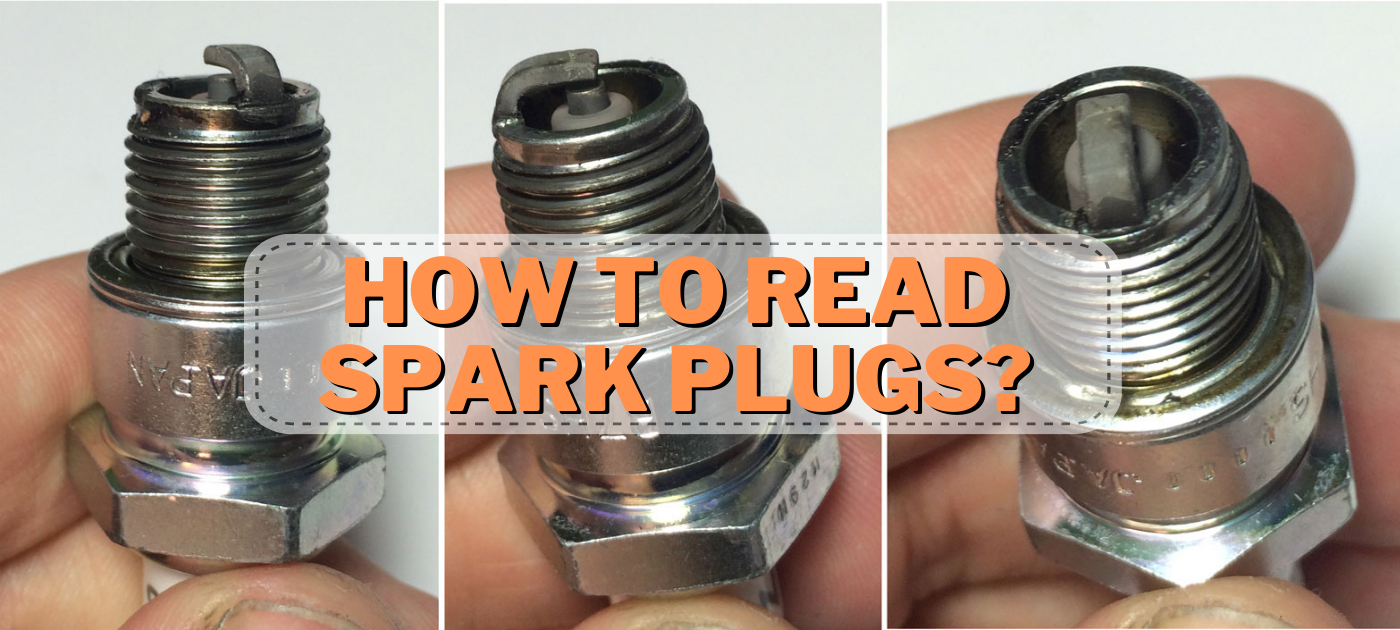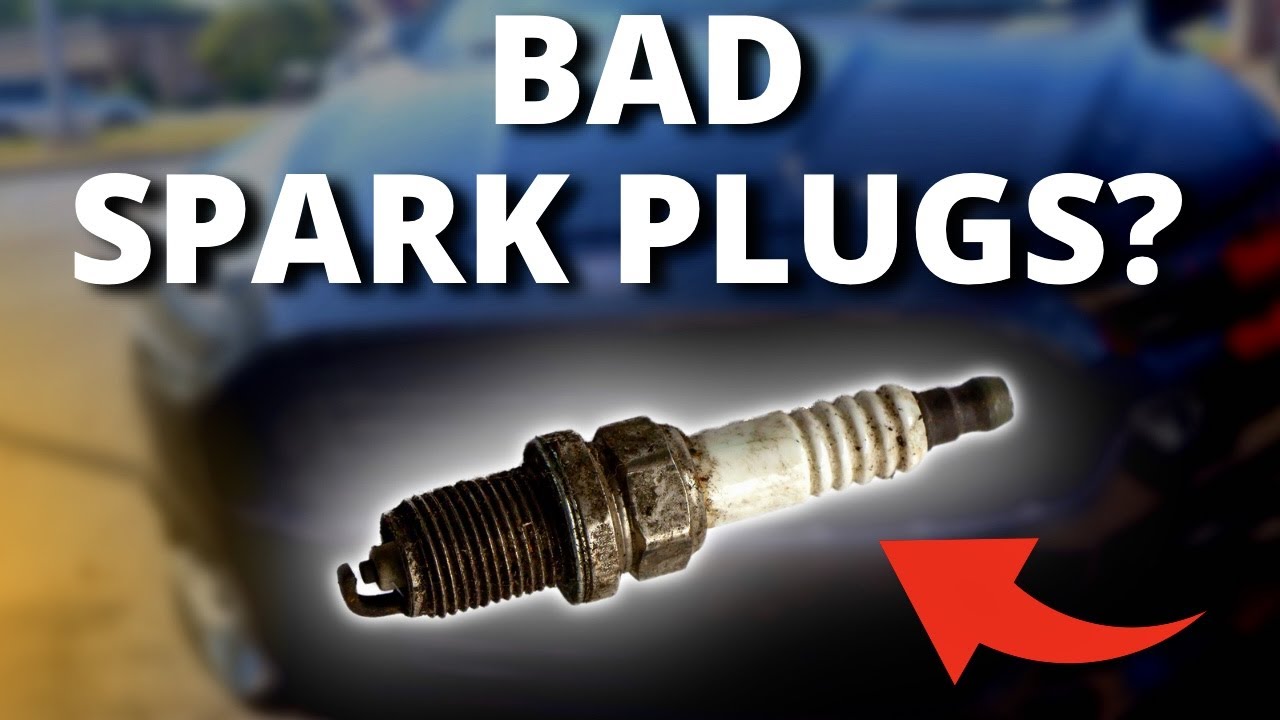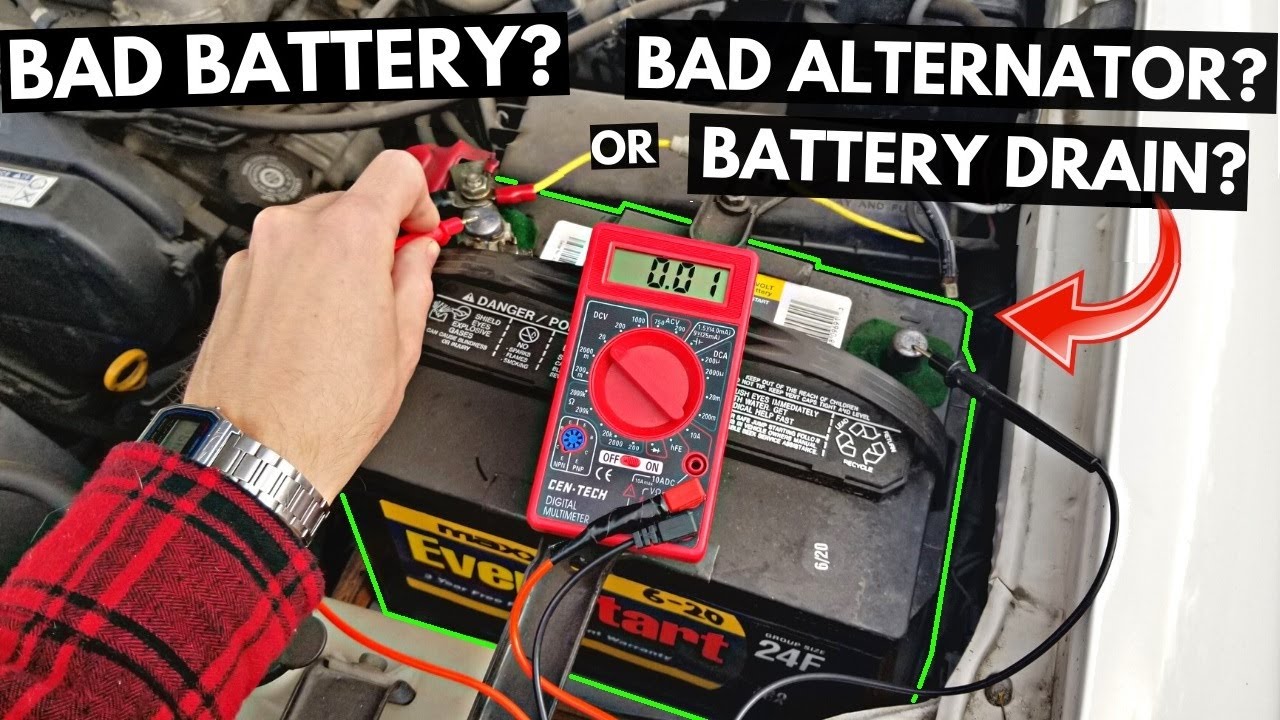Unlock the secrets of your car’s performance with the art of reading spark plugs! These small but mighty components hold the key to diagnosing engine health, yet they’re often overlooked. Dive into this comprehensive guide to interpret the tales told by your spark plugs. From identifying wear and tear to spotting potential engine issues, transform into an automotive detective and keep your vehicle running at its peak!
A damaged or fouled spark plug can cause a number of issues, including poor gas mileage, sluggish acceleration, engine misfires, and difficulty starting the engine. Checking the spark plugs should be the first thing you do if your engine is giving you trouble.
How To Check Spark Plugs
You can find out how many spark plugs your car has, where they are located, and how to remove them by consulting the service manual. Spark plugs are typically removed with a ratcheting socket, drive wrench, and an extension bar.
To be safe, let the engine cool completely if you ran it before checking the spark plugs. It’s possible that your spark plugs will still be very hot, so give them plenty of time to cool down. It is possible for a spark plug to become stuck in the cylinder head if the engine is too hot to handle the removal process.
The following are some of the first things to look for when inspecting a spark plug:
- Search for soot
- Make sure there are no white spots.
- Look for any blisters, white or tan.
- Look for any discoloration.
Indications From the Condition of Spark Plugs
Now, let’s talk about the conditions your spark plugs could be in and what they indicate.
1. Regular Condition
The condition of an engine can be determined by inspecting the tip of a spark plug. The firing end of a spark plug is in good shape and working properly if it is brown or light gray in color.

2. Dry or Wet Fouling
Even though there are many different situations, the engine can be started normally if the insulation resistance between the center electrode and the shell is more than 10 ohms. When the insulation resistance goes to zero, either wet or dry carbon contaminates the firing end.

3. Oil deposits
Any plug with black, greasy deposits on the electrodes and insulator tip has been oil fouled. Possible causes of oil in cylinders include worn pistons and worn valve guides. Consult a mechanic for help tracing the leak’s origin. Once the issue has been fixed, a new spark plug can be installed.

4. Overheating
Symptoms of an overheated spark plug include blistering on the insulator tip, melted electrodes, or white deposits. Incorrect spark plug heat range, a loose spark plug, improper ignition timing, or a lean air/fuel ratio are all potential contributors to an overheated engine. You need to change the spark plug.

5. Lead Fouling
Yellowish-brown deposits on the insulator nose are a telltale sign of lead fouling. A resistance tester will not pick this up at room temperature. The temperatures at which the various lead compounds mix vary. Lead resistance is most affected by compounds generated between 370 and 470 degrees Celsius (790 and 890 degrees Fahrenheit).
6. Breakage
Any spark plugs with missing or flattened electrodes indicate that the improper ones were used. Too short of a spark plug can reduce gas mileage and lead to spark plug fouling, while too long can cause serious harm to your engine. To make sure you have the right spark plug for your car, check the manual.

7. Worn Electrodes
Having electrodes that are worn and corroded is a sign of an old spark plug. The engine requires a new plug because the old one has been there for too long.
8. Corrosion, Oxidation, and Erosion
The material in the electrodes has oxidized, and when this happens a lot, the surface will look green. The electrodes’ surfaces are also rough and pitted.

9. Melting
Overheating is the primary cause of melting. The electrode surface is often shiny and bumpy. Nickel alloy has a melting point of around 2,500 degrees Fahrenheit (1,370 degrees Celsius).

Heat Range for Spark Plugs
Heat range is a measure of how much heat the insulator can take to maintain proper plug temperatures and prevent it from overheating to the point where pre-ignition occurs; these days, you’re definitely hearing about heat range when people are talking about bolt-on boost projects.
The compression ratio or cylinder pressure of an engine is what determines its heat capacity. For an engine with a compression of 8:1, the spark plug should be among the hottest available; for one with a compression of 16:1, the spark plug should be among the coldest.
In order to remove the deposits, the plug’s tip is heated to a high enough temperature. Otherwise, the tip would foul unless heated to around 1,600 degrees to remove deposits. The plug’s heat range must be such that it remains hot enough to maintain the tip clean while remaining cool enough to prevent detonation.
When Should Spark Plugs Be Replaced
After 30,000 to 50,000 miles, depending on the vehicle, you should change the spark plugs if they are made of copper or nickel. Spark plugs made of platinum or iridium are more durable than the more common copper or nickel varieties. If not specified otherwise, they should be replaced every 60,000 miles to 150,000 miles.
Conclusion
Early detection of failure indicators is essential for avoiding catastrophic breakdowns caused by seemingly minor issues. Plugs, as we’ve said before, serve as eyewitnesses within the combustion chamber, providing information before the levee breaks. The presence of oil on the plug indicates a serious problem.
The presence of ash, specifically oil ash, indicates a ring issue in the engine. If there is any melting going on, that’s a warning indicator of impending ignite. If the spark plug is rusty or shows other symptoms of contact with water, water has leaked into the combustion chamber [perhaps from a blown head gasket or a broken block].




